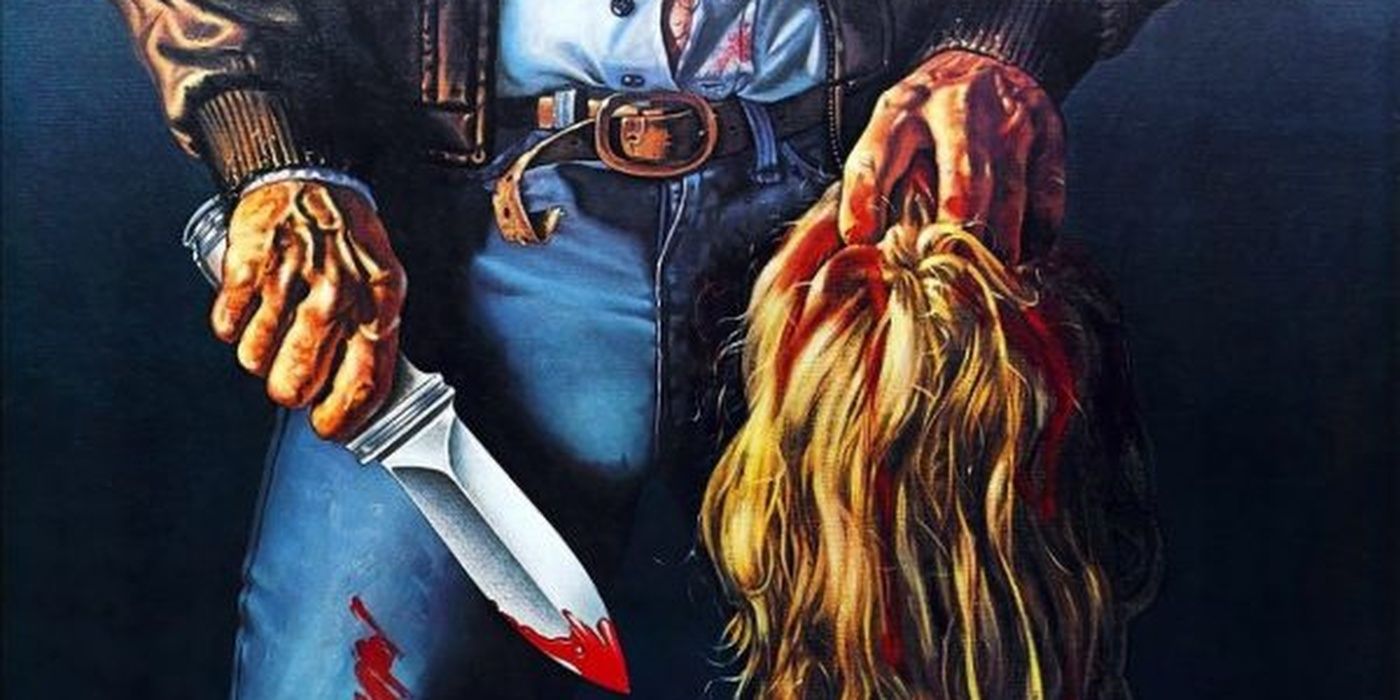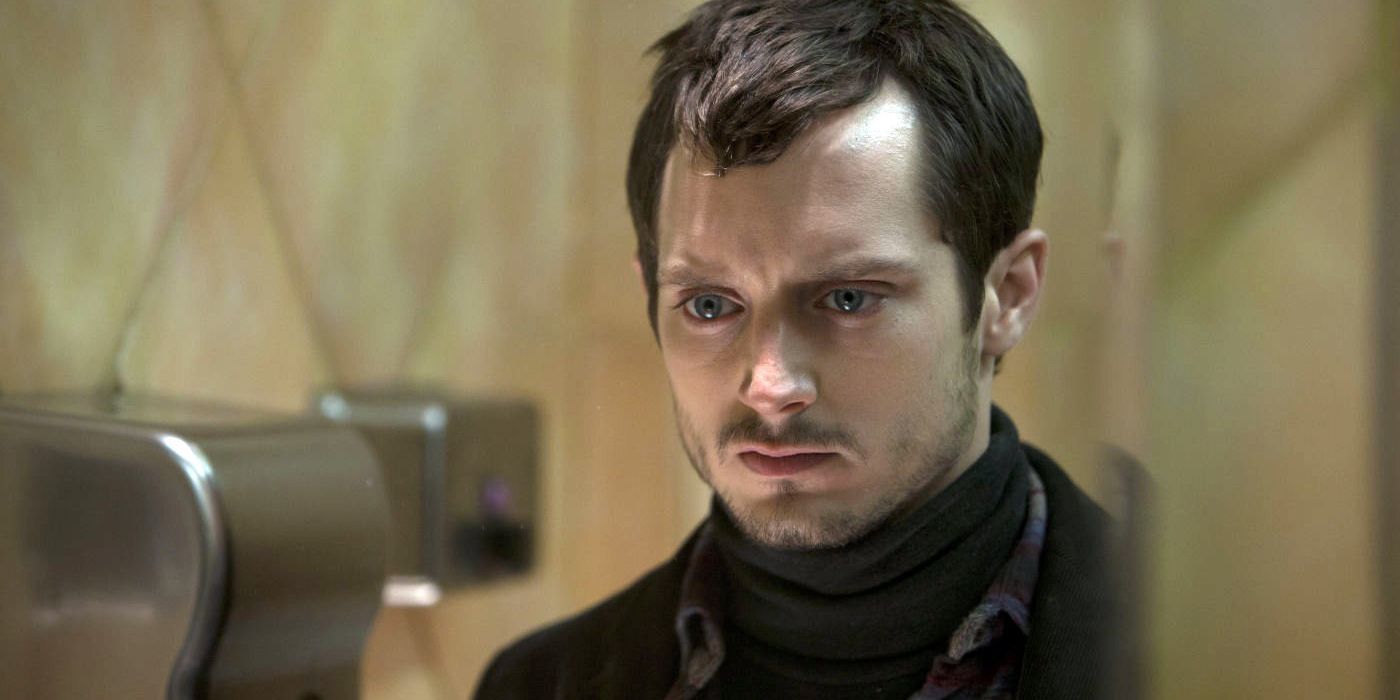2012's Maniac remake does one thing better than the original movie despite its being arguably better in almost every way both technically and in terms of subject matter. What truly sets it apart from the original is how Frank's relationship with his love interest, Anna, is employed to develop his character. In the original, Frank (Joe Spinell) meets Anna (Caroline Munro) very late in the film—more than halfway through its running time—and even after that, their relationship provides comparatively little additional insight into the protagonist's character.
The remake introduces her much more quickly—Frank (Elijah Wood) meets Anna (Nora Arnezeder) in the film in under 15 minutes. In both films, their relationship is fundamental to their shared premise: Frank Zito is a mentally ill serial killer looking for love who strives to be a part of society but is unable to do so because of his obsessive, murderous urges—i.e., he needs to hunt women and use their scalps to re-create them as mannequins so that he can keep them forever.
Without Anna, Frank's inner conflict remains between him and his victims. The potential for a romance to develop between them, regardless of how weak that potential may be, provides a deeper look into Frank's character and highlights an essential part of what makes him tick—he desperately craves a real relationship with a woman, but because of his extremely troubled past with his mother and his presumably undiagnosed mental illness, he is doomed to fail.
Maniac: The Connection Between Serial Killers And Art
The original Maniac (1980) is perhaps the first slasher film that creates a connection between serial killers and art, a theme that was more recently and more explicitly explored in The House That Jack Built (2018). Both films portray Frank in some way as an artist who becomes involved with Anna, a photographer. The budding relationship between Frank and Anna highlights elements of the protagonist's character in several ways, one of those ways being through the characters' views and discussions on the purpose of art.
In the original film, Anna believes that she makes the subjects of her photographs beautiful through her artistry; whereas Frank believes the photographs simply preserve the beauty that is already there, which is how he views the function of his own nefarious "art." However, their views on art could have been used more to highlight the underlying reasons for Frank's desire to preserve that beauty. The remake capitalizes on this opportunity substantially more. For example, in the remake, Anna tells Frank that she takes pictures of mannequins because she wants to "bring them to life with light." This comment underscores the fact that Frank, who doesn't actually refer to himself as an artist, brings mannequins to life with darkness—a darkness he accrued during his troubled childhood and because of his seemingly unmanaged mental illness.
Additionally, toward the end of 2012's Maniac, Frank procures a horde of faceless mannequins for Anna. She later uses them as a part of her photography exhibition, in which she projects her face onto the mannequins, thus bringing them to life, much like what he later tries to do with her scalp. Their views on art are a vehicle for commentary that highlights the film's assertion that Frank will never be able to fit into society, that he will never be able to have a real relationship with a woman, and that his inner conflict will never be resolved no matter how hard he tries.


